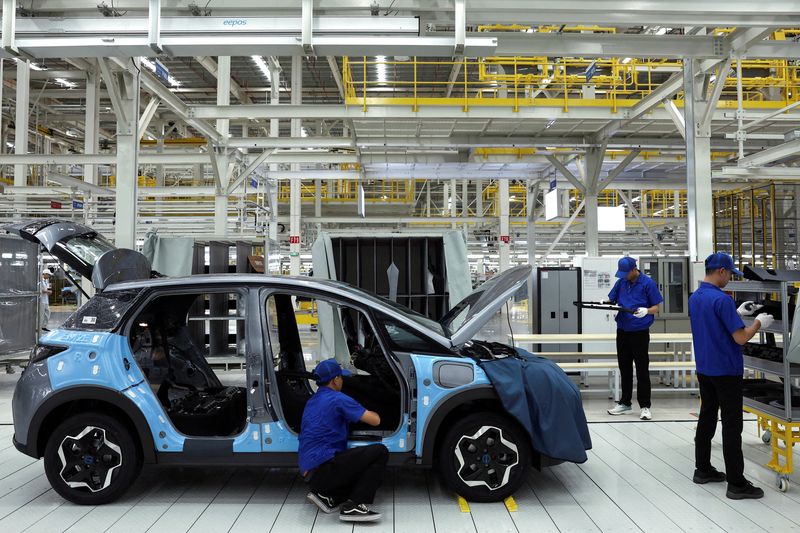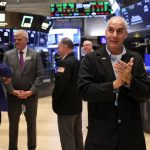By Devjyot Ghoshal and Chayut Setboonsarng
BANGKOK (Reuters) – Companies have been moving factories from China to Southeast Asia, anticipating Donald Trump would slap high tariffs on Beijing if he regained the White House, a move set to accelerate with his election win, industrial park developers in the region say.
Trump, who won a resounding victory on Tuesday, has threatened 60% tariffs on goods coming into the U.S. from China, much higher than the levies of 7.5% to 25% he imposed in his first term, a major risk for the world’s second-largest economy.
Southeast Asia – with auto and electronics factories from Thailand to Vietnam and Malaysia – will likely benefit at China’s expense, said two executives, two business groups, a lawyer and an analyst in the region.
Developers of industrial parks are adding Chinese speakers and preparing land tracts for factories, a sign of how Trump, who takes office in January, could reshuffle global supply chains.
As Trump geared up his campaign to retake the presidency earlier this year, calls from Chinese customers flooded WHA Group, one of Thailand’s largest industrial estate developers, said CEO Jareeporn Jarukornsakul.
“There was (already) a relocation to Southeast Asia, but this round is going to be more intense,” she said, referring to Trump’s 2017-2021 first term.
WHA is expanding its sales force and adding Chinese speakers to teams overseeing maintenance and administration of industrial parks spanning more than 12,000 hectares (30,000 acres) in Thailand and Vietnam, Jareeporn said.
Of the 90 factories that have opened this year in industrial parks run across Southeast Asia by Thailand’s Amata Corp, some two-thirds have been companies relocating facilities from China, said Vikrom Kromadit, the developer’s founder and chairman.
TRUMP ‘NEEDS SOME FRIENDS’
Trump will be a “big punch” to China, potentially doubling the number of firms looking to move from there into Amata’s 150 square km (60 square miles) of industrial estates in four Southeast Asian countries, Vikrom said.
Construction begins this month on an Amata industrial park in Laos, where China has built a high-speed rail line connecting Kunming in southwestern China to the Laotian capital Vientiane, he said.
Thailand, a regional automobile manufacturing hub, has drawn over $1.4 billion in investment from Chinese automakers into its fast-expanding electric vehicle industry.
“We want a lot of investment from China so we can sell to America,” said Thai Commerce Minister Pichai Naripthaphan.
“I believe this will happen,” told reporters on Thursday. “The Americans love us, the Chinese love us – we don’t have to choose sides.”
Malaysia, hoping to draw over $100 billion in new investments to its semiconductor sector, could benefit from a realignment of supply chains, said leaders of two business groups.
“This shift could provide Malaysia with new opportunities to capture a larger share of exports to the United States and other key markets,” said Soh Thian Lai, president of the Federation of Malaysian Manufacturers.
But risks persist, particularly with some indications that Trump may consider tariffs on imports from countries across the region, said Leif Schneider, head of international law firm Luther in Vietnam.
Vietnam, a major exporter to the U.S. with $90 billion bilateral trade surplus between January and September, is bracing for volatility under Trump.
“Trump will have to choose – you can be anti-China, but you’ll need to have some friends in Southeast Asia,” said WHA’s Jareeporn. “He is a negotiator, so we will negotiate.”



